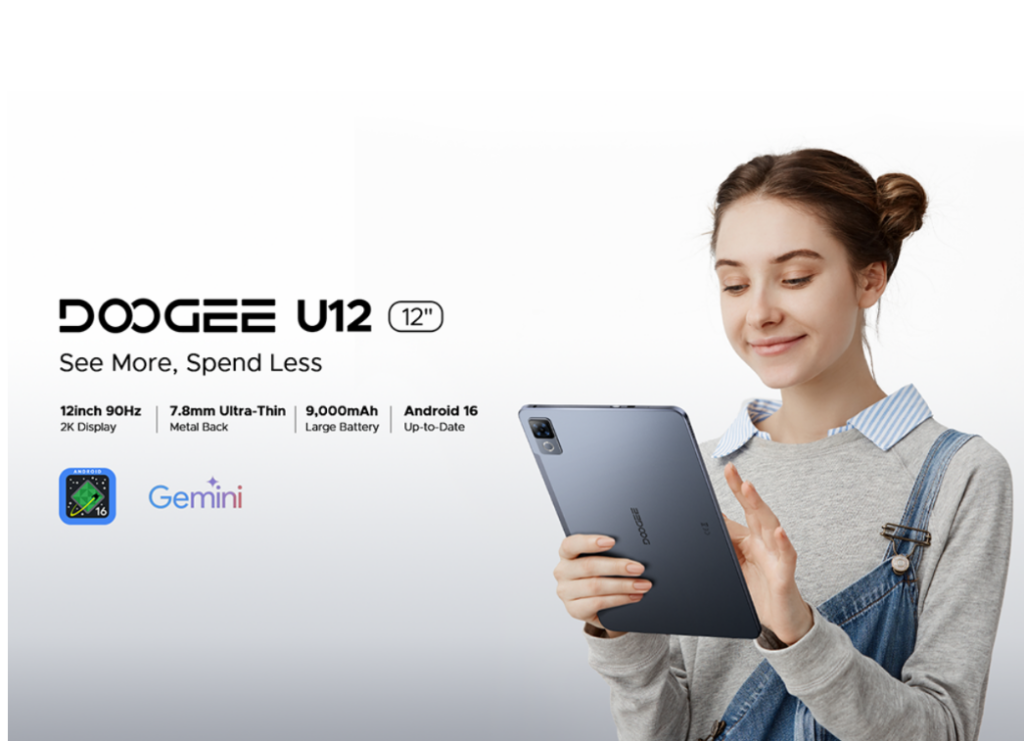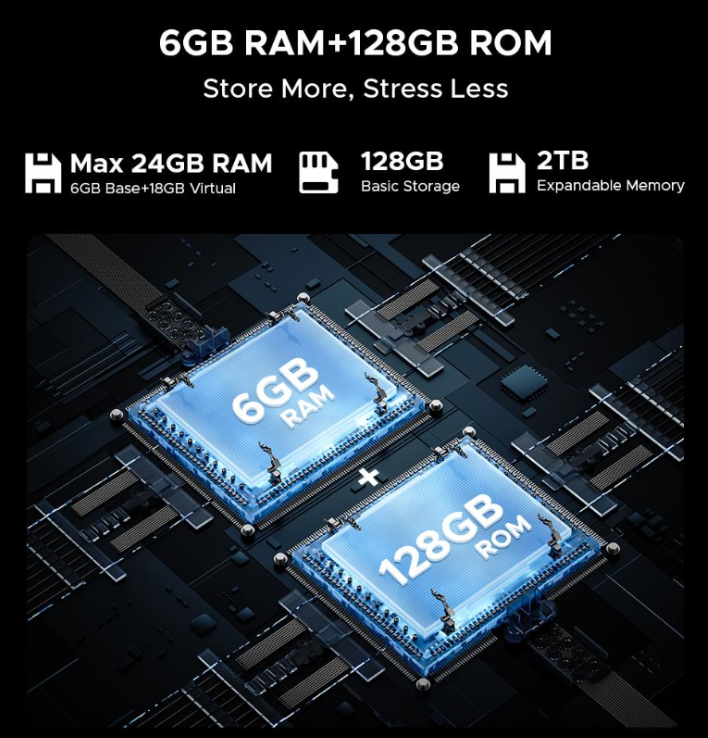OnePlus 15 vs OnePlus 13: Is the OnePlus 15 Worth the Hype?

OnePlus 13 was already a powerhouse, redefining performance and camera consistency in its segment. But with the arrival of the OnePlus 15, OnePlus seems intent on refining every edge, from display speed to endurance and AI integration. This comparison matters because it highlights whether the leap to the new generation offers true innovation or just incremental polish, especially for users upgrading from the 13 or considering a premium Android flagship in 2025

Key Upgrades:
| # | Category | OnePlus 13 | OnePlus 15 | Upgrade |
|---|---|---|---|---|
| 1 | Performance | Snapdragon 8 Elite Gen 3 | Snapdragon 8 Elite Gen 5 | Faster chip with better efficiency and GPU power. |
| 2 | Battery & Charging | 6000 mAh, 100W | 7300 mAh, 120W + UFCS | Bigger battery and quicker, more versatile charging. |
| 3 | Display | 120Hz LTPO AMOLED | 165Hz LTPO AMOLED | Smoother visuals and improved HDR tone mapping. |
| 4 | Build | Ceramic Guard, IP69 | Victus 2/Crystal Shield, IP69K | Stronger protection and refined materials. |
| 5 | Camera | 50 MP (3× zoom) | 50 MP (3.5× zoom) + LUT preview | Better zoom and color accuracy tools. |
Design and Display
Build and Feel:
OnePlus 13 exudes premium craftsmanship with its Ceramic Guard glass and aluminum frame, offering a more traditional flagship heft. The OnePlus 15, however, refines durability with Gorilla Glass Victus 2 and an aluminum alloy frame that feels lighter yet more robust. Its IP69K rating improves water resistance, suggesting stronger real-world protection. The slightly sleeker back panel and new color finishes lend a more futuristic, professional appeal. The shift to Crystal Shield Glass also improves grip and scratch resistance. OnePlus 15 feels more balanced in the hand, with better ergonomics, a step forward in premium build refinement rather than just aesthetics.
Display Quality:
Both devices boast high-end LTPO AMOLED panels, but the OnePlus 15 pulls ahead with a 165Hz adaptive refresh rate versus the 120Hz on the 13. It retains the same sharpness but feels smoother, especially in animations and gaming. Though the OnePlus 13 offers a higher peak brightness of 4500 nits, the 15’s improved HDR tone mapping and Ultra HDR support deliver more realistic visuals in streaming and photography previews. OnePlus 15’s color calibration appears more natural and less punchy, prioritizing accuracy over vibrancy, which feels better suited for creators and long viewing sessions.
Verdict:
OnePlus 15 refines rather than reinvents, offering a more comfortable feel, superior refresh rate, and balanced visual tone. OnePlus 13 remains brighter outdoors, but the 15’s viewing experience feels more fluid and immersive overall.
| Preview | Product | |
|---|---|---|
|
|
OnePlus 13| Smarter with OnePlus AI (12GB RAM, 256GB Storage Midnight Ocean) | Check Price on Amazon |
Please Note: When you buy something using the links in our articles, we may earn a small commission at no cost to you.
Specifications
Performance:
Powered by the Snapdragon 8 Elite Gen 5, the OnePlus 15 outpaces the 13’s Elite Gen 3 in both CPU and GPU power. The new Oryon V3 cores offer improved thermal efficiency and better multitasking under sustained loads. Gaming and AI-driven tasks feel noticeably smoother, thanks to the Adreno 840 GPU and enhanced cooling management. The UFS 4.1 storage and optimized Android 16/ColorOS 16 integration also contribute to faster app launches and better resource allocation. OnePlus 13 remains strong for general users, but the 15’s gains in AI optimization, image processing, and stability make it ideal for power users or creators.
Battery and Charging:
OnePlus 13’s 6000 mAh battery was impressive, but the OnePlus 15 ups the ante with a 7300 mAh cell, maintaining a similar body size. Despite its larger capacity, charging remains exceptionally fast, 120W wired and 50W wireless. Efficiency improvements mean longer screen-on times and cooler charging temperatures. The inclusion of UFCS, PD, QC, and PPS support ensures universal compatibility, making it more versatile for global users. The OnePlus 15 can easily last over a day and a half with moderate use, while the 13 struggles to reach that under heavy load.
Verdict:
The OnePlus 15 represents a meaningful step forward, not just faster, but more efficient and future-ready. Its improved AI optimization and massive battery make it a more reliable daily driver, particularly for demanding users.
Camera
Main and Secondary Lenses:
Both phones share a triple 50MP setup, but the OnePlus 15’s newer sensors and improved color pipeline make a visible difference. The main lens captures sharper contrast with better HDR balancing, especially in backlit scenes. The periscope lens offers a 3.5x optical zoom versus the 13’s 3x, providing clearer distant shots with less noise. OnePlus 15’s LUT preview feature helps creators visualize final color output before capture, a professional-grade enhancement. Night shots are also cleaner with less overprocessing, showing OnePlus’s growing maturity in computational photography.
Selfie Camera:
The 32MP front camera hardware remains similar, but software improvements on the OnePlus 15 deliver smoother skin tones and better edge detection in portraits. HDR performance in sunlight is improved, and autofocus feels more responsive. The selfie experience feels more natural and consistent across lighting conditions, suggesting improved AI tuning.
Verdict:
OnePlus 15 edges ahead with smarter processing and finer detail reproduction. While the 13 was already great for photography, the 15’s enhanced dynamic range, zoom, and preview features make it a better all-around imaging companion.
Pricing
OnePlus 13 debuted at around $700, while the OnePlus 15 starts at $900. The $200 difference brings faster performance, a larger battery, a higher refresh display, and enhanced durability. For users on a budget, the 13 still offers flagship-level power. However, the 15’s refinements make the price gap feel justified, especially for those who value longer longevity, improved imaging, and AI optimization. In 2025’s competitive flagship space, it offers a stronger balance of endurance and future-readiness than most similarly priced rivals.
Disclaimer:
Prices are approximate and may vary based on country, region, and applicable taxes.
Conclusion
OnePlus 15 introduces UFCS fast-charging compatibility, a gyro-grade sensor suite, advanced LUT previews for creators, and Ultra HDR image rendering, features unseen in the 13. It’s more of an “intelligent evolution” than a radical redesign, focusing on refinement over reinvention.
Verdict:
OnePlus 15 solidifies OnePlus’s identity as a performance-driven flagship brand. It offers meaningful upgrades in display fluidity, battery endurance, and computational photography, making it a worthy successor. OnePlus 13 remains a strong value option, but the 15 clearly represents the more future-proof choice for those seeking cutting-edge performance and durability.
Read More:
- OnePlus 15 vs Galaxy S25 Ultra: Can a $900 Phone Dare to Challenge Samsung’s $1300 Flagship
- Oppo Find X9 Pro vs OnePlus 15: Which One Actually Deserves Your Money?
- Xiaomi 17 Pro Max vs iPhone 17 Pro Max vs Galaxy S25 Ultra camera test
The post OnePlus 15 vs OnePlus 13: Is the OnePlus 15 Worth the Hype? appeared first on Gizmochina.













